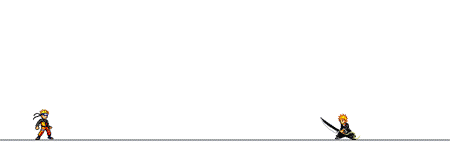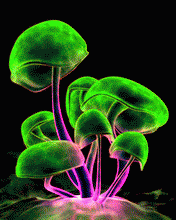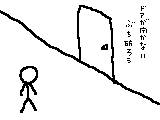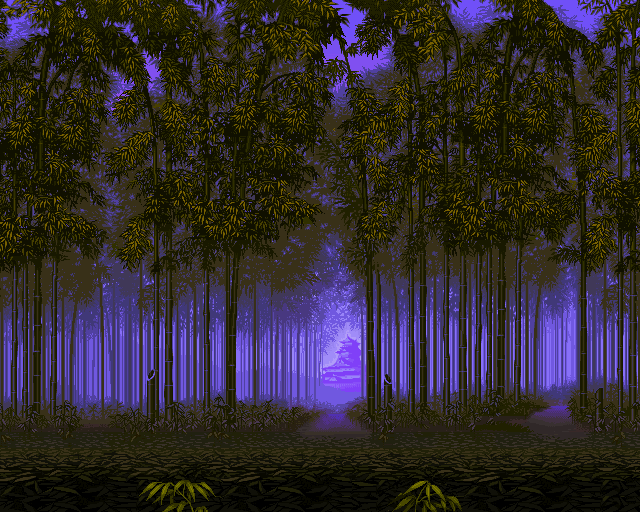The idea that there may be life on Mars has been around for centuries, but the theory got a dubious boost from recently released photos of the surface of Mars (taken by the NASA robot Spirit) apparently showing a human-like figure. Several Internet sites have glommed onto the image and suggested the figure could be alive.
But what is it? Just a rock, astronomers say.
It's hard enough to accurately recognize figures and faces across the room. Mars, depending on when you measure it, is about 35 million miles away. The best telescopes aren't of much help in determining surface features, and that's why NASA sent robots with cameras to Mars.
The reason many people see a figure on the Martian landscape is the same reason that people see faces in clouds, Rorschach blots, and coffee stains. This phenomenon, called pareidolia, is well known in psychology, and it is the cause of many supposedly mysterious and miraculous events (including the famous "Jesus in the Tortilla"). Examples are all around us; in fact if you have a New Hampshire state quarter, you have pareidolia in your pocket or purse (take a look).
Strong evidence for this psychological explanation lies in the fact that the Spirit image does not look like Martian life (since we don't know what life on Mars looks like), but instead resembles life here on Earth, specifically human life. The image is the result of human interpretation. If you look around the full image of the area (not just the close-up), you will find several rocks and features that resemble non-human Earth life, such as armadillos and snakes. In the right bottom corner, emerging from the sand, there is what looks like a lizard face wearing goggles and an airman's helmet.
This is of course not the first time that NASA images have been claimed to show evidence of Martian life. A man named Richard Hoagland claimed that 1976 photographs of the Cydonia region of Mars showed a human-like face and was clear evidence of aliens.
According to astronomer Phil Plait of the Bad Astronomy Web site, if the image really is of a man on Mars, he's awfully small: "Talk about a tempest in a teacup!" Plait said. "The rock on Mars is actually just a few inches high and a few yards from the camera. A few million years of Martian winds sculpted it into an odd shape, which happens to look like, well, a Bigfoot! It's just our natural tendency to see familiar shapes in random objects."
Even though logic and science suggest that the image is of a rock and not an animal, UFO buffs and conspiracy theorists will continue to speculate.
In fact, it will actually be pretty easy to determine whether or not the image is of alien life. In later photographs of the area, either the same shape will be there or it won't. If it is, it's a rock (unless, of course, little Martian men can hold the same pose for weeks or months at a time).
This is exactly how the "Face on Mars" was eventually disproven. On April 5, 1998, the Mars Global Surveyor took photographs of the same region in far higher resolution than was possible in 1976. The new images clearly showed an area heavily eroded, and that the "face" was simply the result of low image quality, pareidolia, and tricks of light and shadow. Hoagland's theory was discredited.
Just don't tell that to the creepy, goggle-wearing Martian sand lizard.
Source : Benjamin RadfordLiveScience's Bad Science ColumnistSPACE.com Thu Jan 24, 4:15 PM ET
Tuesday, July 15, 2008
Subscribe to:
Post Comments (Atom)



















No comments:
Post a Comment